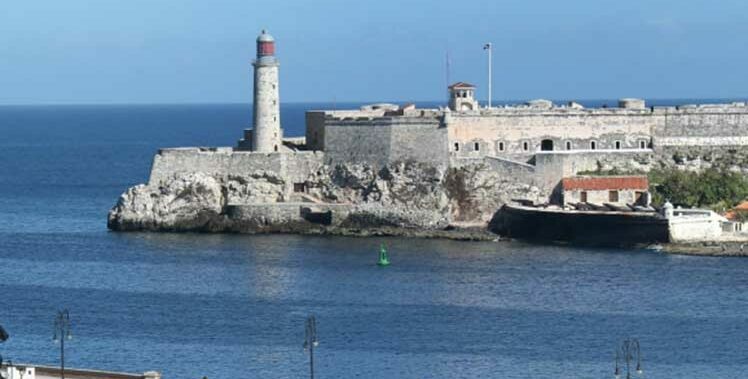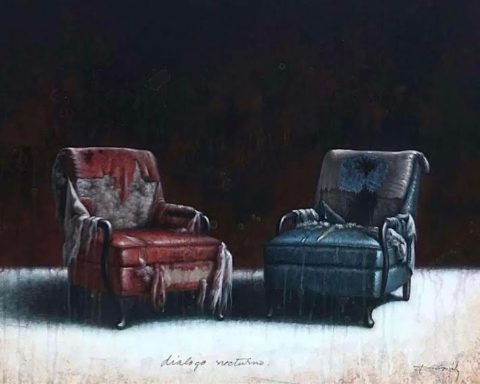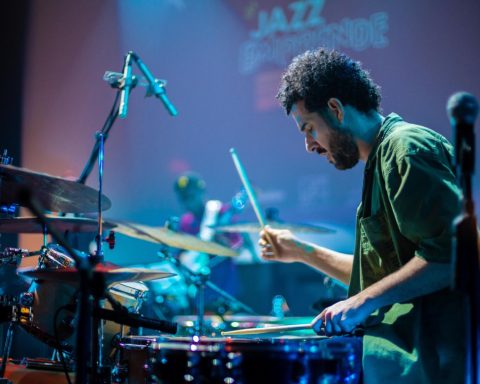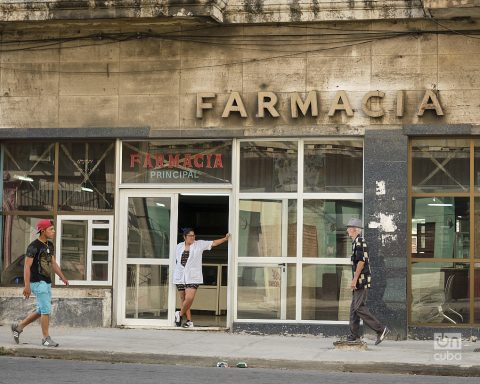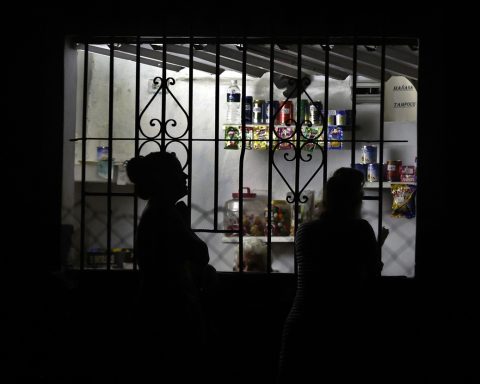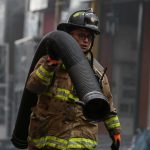SANTA CLARA,CUBA_The castle of the Three Kings of Morro It is, without a doubt, the icon that identifies Cuba on postcards, stamps and tourist reviews, one of the first fortresses erected by the Spanish government in the New World and whose lighthouse has guarded the entrance to the bay for more than a century. from Havana. It is also considered the oldest building in continuous use in America.
El Morro was built as part of the defensive system of the town of San Cristóbal in Havana next to the castles of Real Fuerza and Punta, with which it was initially linked by a thick chain that prevented the entry of unwanted vessels. It owes its name precisely because it is located in this protruding rock crag in the form of an irregular polygon and due to its height and strategic location it can be observed from any point in the world. Havana boardwalk.
The construction of the Castle began in 1589 and was completed around 1597, designed by the Italian military engineer Juan Bautista Antonelli, although other complementary works, which included spaces to house troops, ammunition warehouses and cisterns, were not completed until 1610. It is said that Philip II, then Spanish monarch, commented that with what the La Cabaña complex had cost the crown, he should be able to see it from his balcony in El Escorial. It was this regent who ordered an altar to be placed in the fortress with an altarpiece dedicated to the Three Wise Men.
The first white tower, made of lime and stone, measured ten meters and from its capital a visibility of up to eight leagues was achieved. A text by Emilio Roig de Leuchsenring highlights that about 200 pesos were invested in it, and to pay for it, an anchorage fee was established for ships that visited the port. For lighting, firewood was used as fuel that vaguely oriented the ships as they entered the port.
Roigwho was considered the first historian of Havana, describes in this publication that the fortress had, within its walls and moats, two large cisterns that were considered sufficient to supply the garrison, a church, houses of the commander, chaplain and officers. , three barracks for the troops, offices, dungeons and a vault.
Towards the north of the castle there is an area known as the shark ring, which consisted of a type of slide through which slaves, prisoners and deceased soldiers were thrown into the sea, except for Spanish officers. At that time, it was extremely complicated to go around the bay to give them a “Christian burial” in the local cemetery. For decades these animals remained around the sea, accustomed to receiving constant food.
After the capture of Havana by the English, that masonry tower was extremely damaged so it had to be rebuilt and replaced by another one that was later demolished to build the one we know today. Over time, Roig points out, fuels such as flammable gas, a product of Cuban chapapote, were used for lighting, both in the El Morro streetlight and in the city. In 1819 whale oil was used and later acetylene.
The current lighthouse, surrounded by an iron balustrade, was lit for the first time on July 24, 1845 to celebrate the birthday of the Queen of Spain, and was powered by so-called rapeseed oil. Its cylindrical tower reaches 45 meters above sea level, projected towards the bay at an acute angle and made of solid stone, with thick walls and four windows distributed along its length. Its summit is accessed by a spiral staircase with 170 steps that becomes much narrower and darker as you approach the last section.
It was not until 1945, one hundred years after its construction, that El Morro was electrified with a light whose range is 18 nautical miles with two flashes every 15 seconds. The press of the time reported on the great impression made on the people of Havana: “Everyone impatiently awaited the illumination of the new lighthouse, and when they saw that beautiful light stand out from the shadows of the night, now very vivid and reddened, now pale and wavering, “They were pleasantly surprised.”
The El Morro lantern was the work of the French physicist Augustin-Jean Fresnel, a breakthrough in optical engineering of its time and which was even presented as part of the International Exhibition of Paris in 1843. It is an invention that revolutionized the focus design of the headlights, replacing the bulky and heavy lenses with others of less thickness, with cuts in consecutive concentric circular rings. The on and off times were set to 40 minutes after sunset and 40 minutes before sunrise.
Regarding the emblematic tower, Cubans have incorporated into their popular slang various sayings such as “that’s from when El Morro was made of wood”, “it’s older than El Morro”, or “the last one who leaves should turn off El Morro”. Precisely this flashlight, the one that no one wants to turn off, works through mechanical equipment that has already been in use for 178 years. In addition, it is operated manually to rotate the light beam, lasting approximately three and a half to four hours, which requires human intervention from the lighthouse keeper. For El Morro to stop projecting that intermittent halo, it would only be necessary to stop winding the aforementioned handle.
